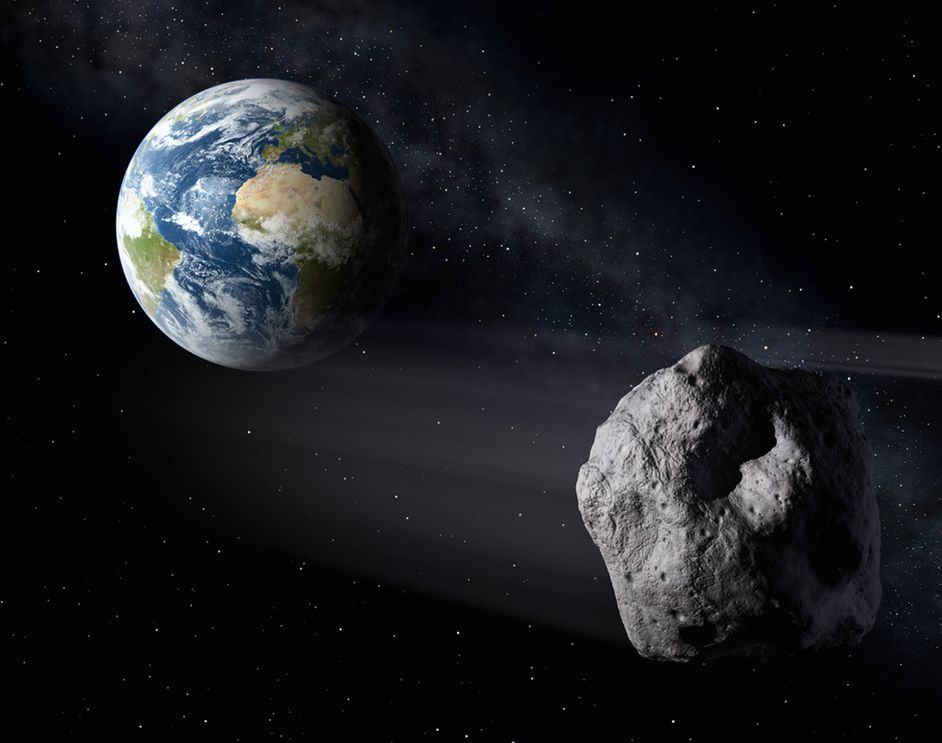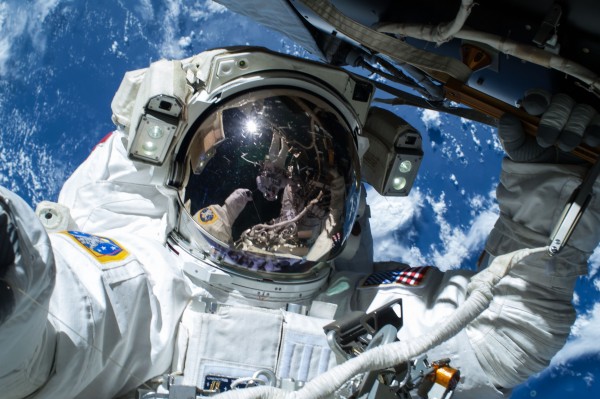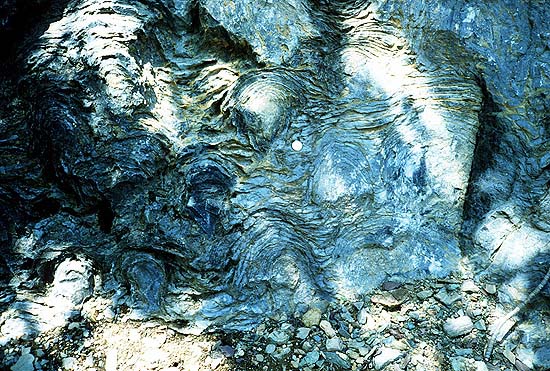It seems almost unthinkable that out of an infinitely vast universe, there’s no one but us, occupying a small blue dot in a remote galaxy. So is anyone else looking towards us when we watch the stars at night? Or are we really the only ones? Now top NASA scientists are saying it’s almost certain that we’ve got company.
“I believe we are going to have strong indications of life beyond Earth in the next decade and definitive evidence in the next 10 to 20 years,” said Ellen Stofan, NASA’s chief scientist, during a public panel held in Washington on Tuesday.
“We know where to look, we know how to look, and in most cases we have the technology,” said Stofan.
Jeffery Newmark, the agency’s interim director of heliophysics put it in these terms: “It’s definitely not an if, it’s a when.”
Lest the headline made you imagine an INDEPENDENCE DAY scenario of alien invasion – you can rest easy. The same goes for any thoughts that the ancient Egyptians received intergalactic help with building the pyramids.
“We are not talking about little green men,” Stofan said to clarify any hyperbole. “We are talking about little microbes.”
Throughout the course of their hour-long presentation, NASA’s leaders described the numerous recent discoveries that indicate how never before in history have people been closer to uncovering extraterrestrial life – whether it happens to be in our own solar system, or on any number of Earth-like candidates spotted light years from home.
Among the examples, Jim Green, the director of planetary science for NASA, referenced a study analyzing the thin atmosphere just above the Martian polar ice caps, the remains of an era when nearly 50% of the planet’s northern hemisphere were covered with an ocean larger than the Arctic Sea – up to one mile deep, and for up to 1.2 billion years, it had liquid water, plenty of time to have allowed for lifeforms to develop, and possibly even for there to be fossils, compressed within the planet’s organic rocks.
“We think that long period of time is necessary for life to get more complex,” Stofan said.
Bringing teams of field geologists and also researchers within the burgeoning field of astrobiology to Mars would sharply increase the odds of discovering fossils of the past – potentially an intriguing story of survival that rivals the narrative that rocks on Earth tell us – a mass extinction event that may have ended life as we know it on the red planet.
Another recent study that made headlines not too long ago was referenced by Green. Measurements of the aurora occurring on Jupiter’s distant moon Ganymede may indicate that beneath its layers of ice, it may be concealing an immense liquid ocean.
These findings are examples of why we may have been casting our nets too far in the hunt for extraterrestrial life. Previous searches for life were almost analogous to finding a hospitable planet to inhabit – one whose conditions most closely resembled the Earth, a familiar environment to adapt to in terms of climate and gravity. Therefore, astronomers set their sights on “habitable zones,” planetary bodies close enough to a host star where temperatures made it possible for liquid water to exist on the surface, without freezing or vaporizing. There is, however, the possibility that life may be very different from our own – with beings that are based on composites of methane and nitrogen, rather than the organic carbon-based life forms found on Earth.
“We now recognize that habitable zones are not just around stars, they can be around giant planets too,” Green said. “We are finding out the solar system is really a soggy place.”
Among other exciting voyages coming up, NASA announced plans this winter to travel to another moon of Jupiter Europa, also thought to contain an ocean with hydrothermal vents.
“I don’t know what we are going to find there,” he said.
Newmark described how NASA’s own work here at home, which recently came under fire at a Senate hearing, is critical to exploring the possibilities of interplanetary life. Right now, NASA dedicates $1 billion annually to Earth science, and is engaged in studying how Earth’s magnetic field is instrumental in protecting the planet’s water and atmosphere against being carried off by solar wind, making it critical in enabling life on Earth to develop.
“Mars does not have a significant magnetic field, so it lets the wind strip away the water and atmosphere,” he said.
Paul Hertz, director of astrophysics at NASA also joined the panel discussion, where he spoke of the ways in which future telescopes already being planned will enable scientists to survey the atmospheres on large rocky planets, such as the Kepler discoveries found near distant stars, in a hope to find the chemical markers necessary for life.
“We are not just studying water and habitability in our solar system, but also looking for it in planets around other stars,” he said – something that could be advantageous in navigating the solar system and coming up with more efficient ways for space travel than what we currently have.
NASA associate administrator John Grunsfeld, said part of what excites him most about the search for life beyond our planet is to see what that life looks like.
“Once we get beyond Mars, which formed from the same stuff as Earth, the likelihood that life is similar to what we find on this planet is very low,” he said.
Grunsfeld maintains that researchers are very close to making strides in the search for extraterrestrial beings, and thinks that such a goal is within the grasp of an upcoming generation of scientists and space explorers. Green, however, hopes that the discoveries will be made much sooner. After all, the advances are coming at a faster pace than ever before. The Europa mission hopes to take off by the end of the decade.
“The science community is making enormous progress,” said Green. “And I’ve told my team I’m planning to be the director of planetary science when we discover life in the solar system.”
|
James Sullivan
James Sullivan is the assistant editor of Brain World Magazine and a contributor to Truth Is Cool and OMNI Reboot. He can usually be found on TVTropes or RationalWiki when not exploiting life and science stories for another blog article. |





